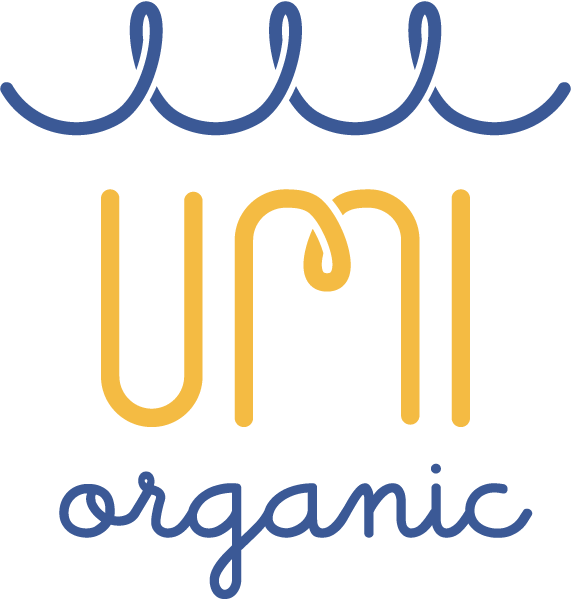By Lola Milholland
I am honored to have a story in the recent issue of Communal Table, a wonderful magazine published and edited by Adrian Hale. Adrian is not only an inspiring writer but a preeminent wholegrain baker. When she told me the theme of this issue — Cover — I was inspired to learn more about cover cropping. I know from personal experience how invaluable it is in my home garden, but how is it used on working farms? And more specifically, how is it used on the organic wheat farms from which we are sourcing our primary ingredient, wheat flour?
Part of my curiosity is also tied to the second essential ingredient of the Umi noodles: whole grain barley flour. Barley is not a traditional ramen ingredient, but we decided to include it not only because I love barley's nutty flavor but also because Oregon farmers are starting to grow a lot more of it — in rotation with wheat.
So what does that mean? What does it mean to grow other crops in rotation with wheat? Why do they do that? How do cover crops figure into the system? I wanted to better understand the fundamentals of how organic wheat is grown and what the investment I make with every pallet of flour I buy means for the land.
The story I wrote is called This is Wheat Farming. Here is a taste of the intro. I hope you'll read on!
In my early twenties, I was riding my bike across the Broadway Bridge over Portland’s Willamette River on a warm summer night when a dust of wheat bran and dirt covered my legs. My eyes followed the dust cloud down to the riverbank to a barge attached to a mammoth structure of cement cylinders by a claptrap of metal ramps. I had biked past this scene thousands of times in my life. At home, I looked the place up. The Cargill Irving Elevator is a bay of forty-two cement silos, each standing over one hundred feet tall, filled with grain
The Cargill Irving Elevator is a microcosm of the U.S. wheat industry: It is both known and unknown to us—enormous, constantly active, hiding in plain sight. Nationally, wheat is the third largest U.S. commodity in both acreage and gross farm receipts (behind only soy and corn). Almost every U.S. state is involved in wheat production. Our rural economies, not to mention our teamsters and ports, rely on the billions of dollars in value the crop brings annually. Decisions regarding wheat impact our public policies, appointments, and tax base. My home, Portland, Oregon, is the largest wheat and barley export gate in the nation. Every day, we watch barges full of grain arrive from the arid expanses of the Pacific Northwest, unload or reload at a grain terminal, and then depart down our rivers towards the Pacific Ocean for export. No matter what we eat, wheat is integral to our lives.
But we don’t see our local wheat farmers at the farmers market. We don’t ask how his or her day went or how the kids are doing. Many of us, myself included, haven’t really understood what wheat farming involves. It seems monolithic. Remote.
But I have learned that wheat farming is not monolithic... READ ON.
